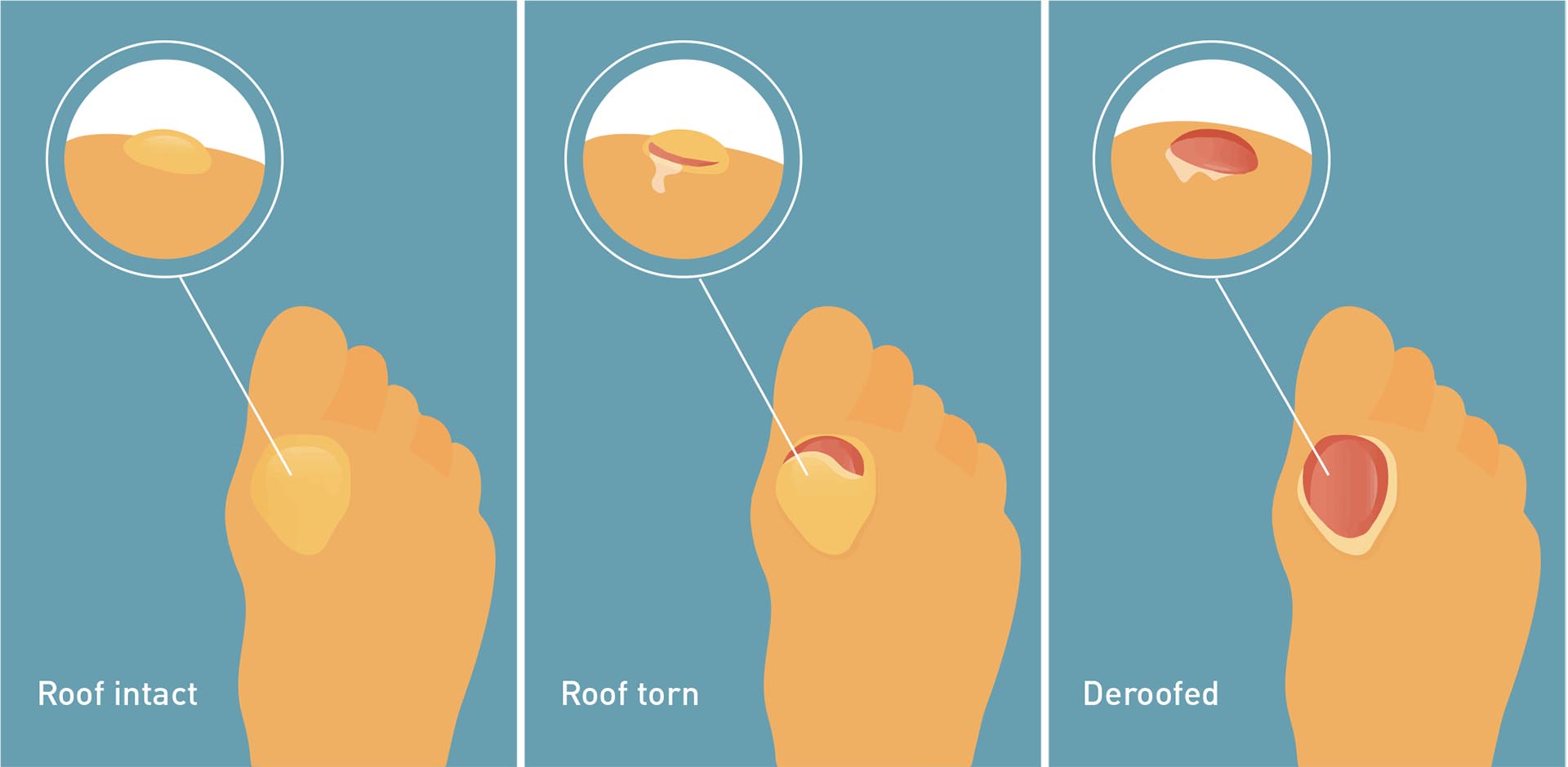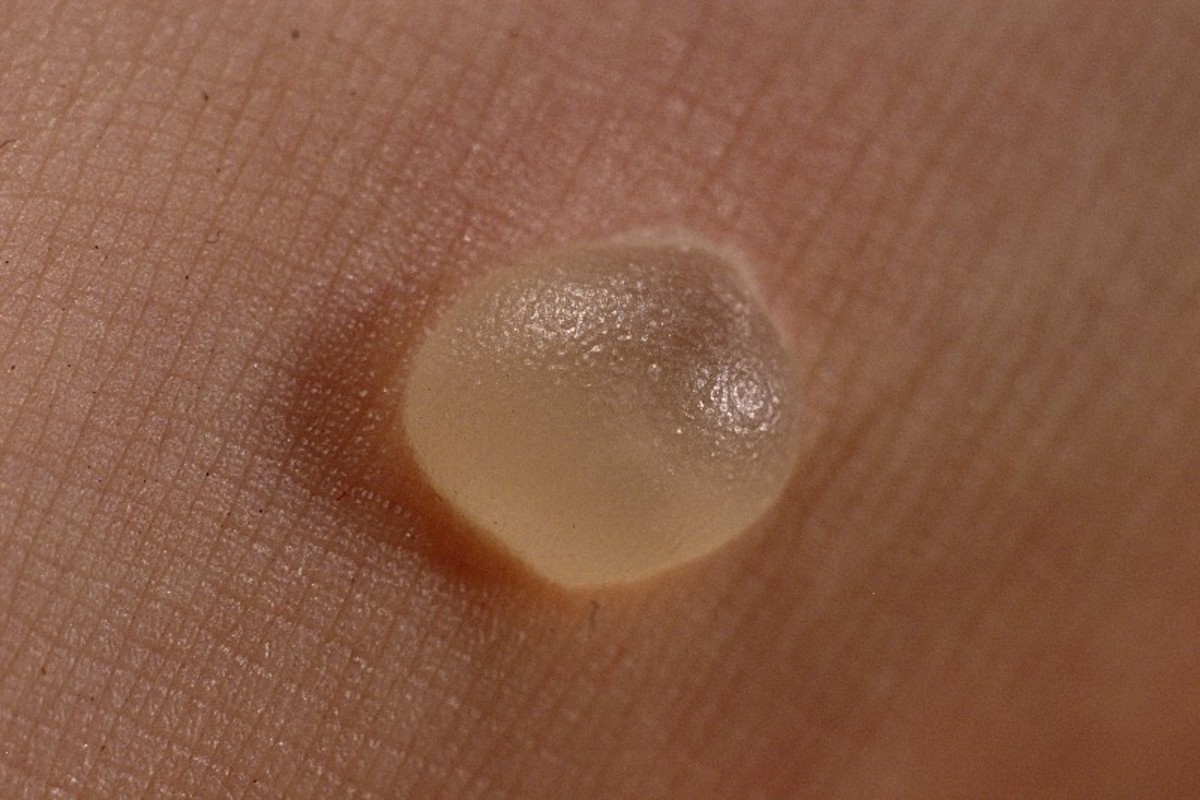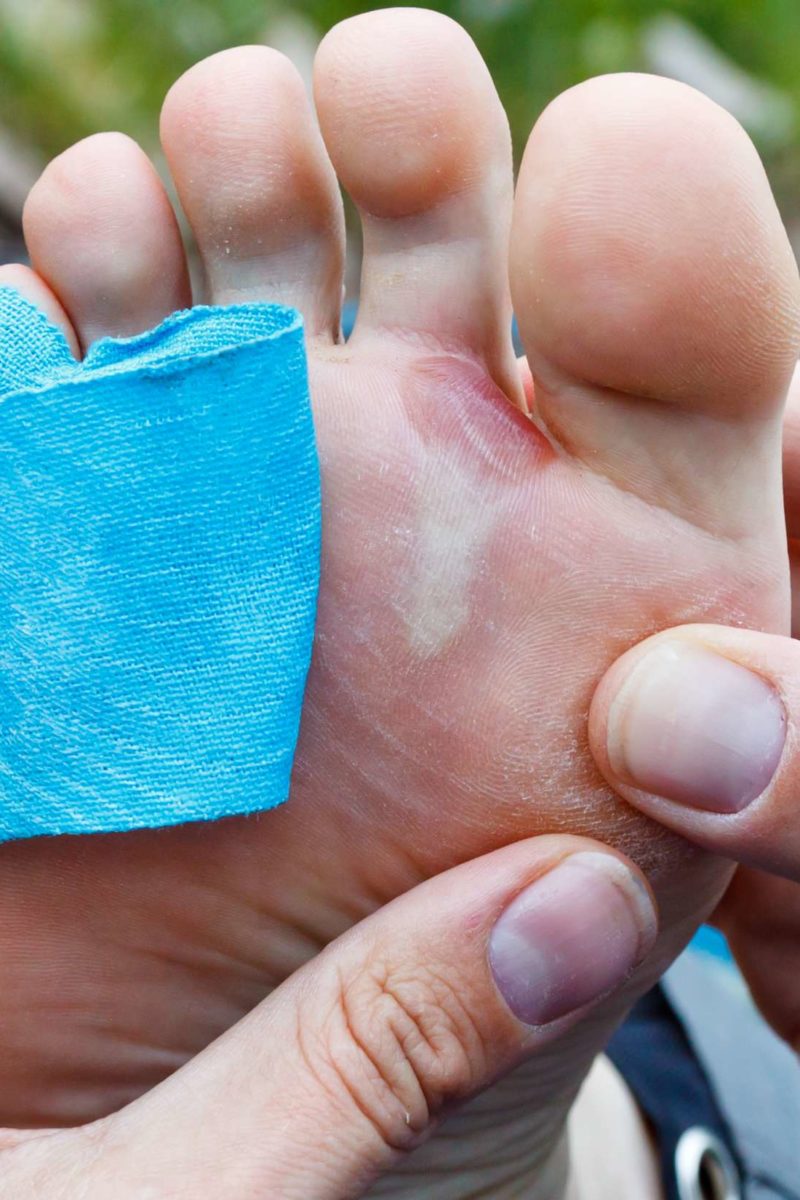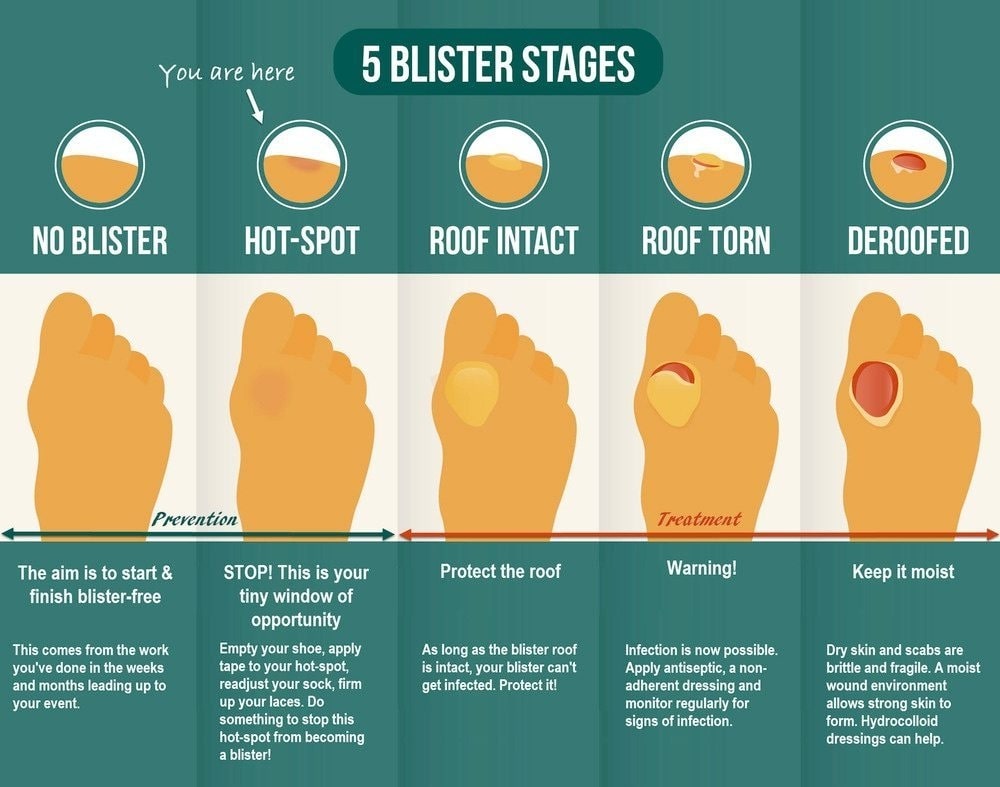Neat Info About How To Treat A Friction Blister

Treatment options may include covering the blister with a.
How to treat a friction blister. Here, learn about the types of blisters, why they form, and how to treat and prevent them. By avoiding the activity or clothing that caused the blister,. With a blood blister, it's essentially a regular blister except that the blood vessels underneath have.
Preventing blisters depends on the type of blister: Cover it with a bandage or moleskin. First aid blisters:
How to treat a friction blister. To treat a blister, dermatologists recommend the following: Prevention foot blisters, caused by frictional forces, can be prevented by wearing properly sized boots, conditioning feet through regular road marching, wearing socks that reduce friction and.
Swab booth the needle and the blister with rubbing alcohol to sterilize the area. Make sure your shoes fit. Friction (rubbing), insect bites, burns and some diseases and infection can cause blisters.
Gently push the fluid within the blister to one side and prick the filled area two to three times with the sterile needle. This will help ensure that if it accidentally pops, it won't get infected. Treatment because blisters typically get better on their own in just a few days, generally no special treatment is required other than to keep the blisters clean and dry.
Here are some ways to treat a friction blister: Friction blisters result from repeated rubbing. Avoid putting pressure on the blister:
However, dressings are helpful to protect from further damage. A common type of blister is caused by friction, and though they can appear almost anywhere on the body, feet are particularly vulnerable to. Natural remedies drain it warning signs prevention takeaway blisters take time to heal.
Friction blisters will heal on their own. It’s recommended to apply a specialist blister cushion, like a hydrocolloid bandage, as opposed to an ordinary bandage. When to drain a blister.
However, there are things you can do to reduce pain and discomfort, and help protect the area from further. Treatment for friction blisters protect and cover the blister. Use a blister bandage:
Wash the area with soap and water, then dab with vaseline or aquaphor healing ointment before covering. Shoes that are too big create too much room for the foot to move around, causing. Wash your hands and the area with the blister with soap and warm water.













:max_bytes(150000):strip_icc()/footblister-5a56382c98020700371d4c6c.jpg)




